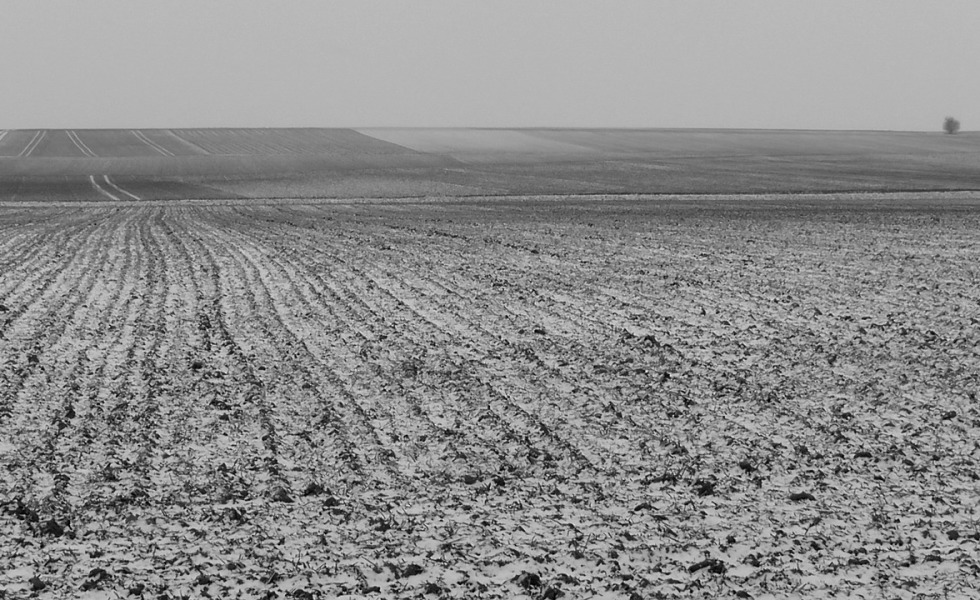Insuring Elephants
Posted on December 23, 2014

Federally subsidized crop insurance is the elephant in the Farm Bill pantry and anyone who had any role in pushing the law through the zoo called Congress knows it. What most didn’t know, however, was when Big Ag would finally acknowledge its huge appetite and suffocating presence.
Enter Mary Kay Thatcher, a long-time, well-respected Washington, D.C. lobbyist for American Farm Bureau Federation.
In a speech to Iowa Farm Bureau convention in Des Moines earlier this month, Thatcher mentioned the unmentionable: the about-to-take-charge Republican Congress is sharpening its budget knife and one can’t-miss target is the indefensibly generous, completely uncapped federal crop insurance subsidies that compose the core of the 2014 farm law.
In fact, noted Thatcher—whose job is to see smoke before anyone spots flames—when it comes to crop insurance, “I feel like the bludgeoning is being done and the groundwork is being laid.”
She has three reasons for the concern. Two come courtesy of Congress’s non-partisan General Accountability Office; the other from a series of reports by the Land Stewardship Project, a Minnesota-based non-profit that promotes sustainable farms and communities. All see big flaws to today’s—and tomorrow’s—farm program dependence on federal crop insurance. (Links to all sources posted at http://live-farm-and-food-file.pantheonsite.io/in-the-news/).
GAO’s two studies show, first, that climate change already has increased federal crop insurance losses and “may substantially increase losses by 2040,” and, second, Congress could reduce today’s hefty federal insurance subsidies “with minimal impact” to farmers’ cost and their participation in it.
These two reasons are reason enough for Congress to revisit crop insurance.
A series of reports released over the last month, however, from the Land Stewardship Project offer many more. The reports’ key findings include:
–From 2003 through 2012, federal crop insurance cost taxpayers $58.7 billion; $42.1 billion to subsidize premiums paid by farmers, $12.5 billion covered “administrative costs” and $4.1 billion was spent on “underwriting losses and additional costs.”
–Detailed crop insurance data is shocking. In 2011, “the only year of detailed, publicly accessible data,” “26 operations received over $1 million each in premium subsidies in the U.S.—each insuring from 20,000 to over 48,000 acres.”
–Again, in 2011, “The top 10 percent of crop insurance subsidy recipients represent just 2.3 percent of America’s farmers,” but “they took in more than half—a whopping $4 billion—of all premium subsidies paid out of the public treasury…”
–Since study after study has shown that federal farm program benefits mostly are capitalized in land prices, today’s “Crop insurance is the new vehicle for using public funds to concentrate agricultural wealth in this country.”
The group suggests several changes Congress needs to consider to refocus this “public policy” and its increasing “public resources” so it better “supports the long-term stewardship” of our nation’s farmland, family farmers and rural communities.
One key reform, suggests LSP, would be to move federal crop insurance back to “its roots” and become what it was originally designed to be—a risk management strategy for farmers “to protect themselves against a bad year,” not program to eliminate nearly all risk while guaranteeing a profit.
Congress, LSP explains, “should fully develop” and fully fund “whole farm crop insurance” that promotes more “resource-conserving, integrated diversified farms” and make the policies accessible “to beginning farmers.”
The program needs to use “conservation outcomes as a key measure” and stop insuring high yields “on marginal, low-yielding crop ground.” Also, suggests LSP, Congress should stop allowing farmers to “move yields” from good fields to “more fragile land” to gain higher “revenue assurance.”
None of these ideas are radical; most, in fact, are practical, responsible and just make good sense. As such—and because it’s the nation’s money that underwrites almost all crop insurance—Congress needs to reexamine their 2014 Farm Bill handiwork.
The groundwork is done and the question remains: why are taxpayers insuring elephants?
© 2014 ag comm

Surely what’s called “crop (revenue) insurance” is the most absurd farm program yet, and the worst for all farmers, if we get historically typical market conditions. It seems that there’s a bigger context that’s missing here, the “whale” in the room, (commodity buyers that get much more per unit, at least compared to the past,) and the fact that the whole room is underwater (lack of price responsiveness,” “on both the supply and the demand sides”). Are we fish (the various sources)? We seem not to notice. For Cargill, and figured globally, the yearly benefits might surpass a billion, not a mere million, and there is no means testing. That would be 1,000 times bigger. Cargill can be making record profits and still get it, while even the big farms have had huge reductions in crop value prior to receiving subsidies, though that can vary wildly under the revenue insurance regime. There are a lot of the standard farm subsidy myths here. Commodity crops get less than vegetables and fruits, even including subsidies (i.e. measured by % of parity). The top 10% of recipients are not only commodity crops (the biggest losers). They’re the full-time farmers, while the bottom 80% of recipients are less than 10% of full-time, (bottom half, 4% at most, bottom third 1% at most). All of this is part of what’s wrong in the Farm Bureau perspective here. LSP is great on sustainability, but only regarding the elephant, not regarding the whale or the flood. They do nothing to address cheap feeds for CAFOs, apparently for ideological reasons (of members). So the economic basis for Resource Conserving Crop Rotations, (and the infrastructure,) falls victim to 4 corporations owning 2/3 of the hogs, etc. So the final question isn’t answered, because of the WHALE. “The Room is Underwater”!